Table of Contents
Picture a country where death isn’t whispered about in hushed tones but is celebrated with a kaleidoscope of color, emotion, and culinary delights. Welcome to Mexico’s Dia de los Muertos, or Day of the Dead. This awe-inspiring festival offers a vibrant picture of life and death intertwined in a rich cultural tapestry. Come along with Juntos Journeys as we unmask the untold mysteries of this extraordinary celebration.
The Ancient Roots
Day of the Dead springs from an intriguing mix of ancient Mesoamerican beliefs and Spanish Catholic influences. For civilizations such as the Aztecs and Mayans, death wasn’t the end but a continuation of life’s journey. Even today, this viewpoint strongly echoes through Day of the dead, celebrated throughout Mexico and by people of Mexican heritage all around the globe.
For a deep dive into this ancient tradition, consider checking out the book “The Skeleton at the Feast: The Day of the Dead in Mexico” that offers a comprehensive look at the origins and evolution of dead dia de los muertos.
The Spanish Influence
When the Spaniards arrived in the 16th century, they brought Catholicism with them. All Saints’ Day and All Souls’ Day, celebrated on November 1st and 2nd, soon merged with the indigenous festival, forming the Day of the Dead we know today. This blend of cultures created a unique celebration that commemorates life and death, all while respecting and remembering loved ones who have passed on.
Embracing Death: Calacas and Calaveras
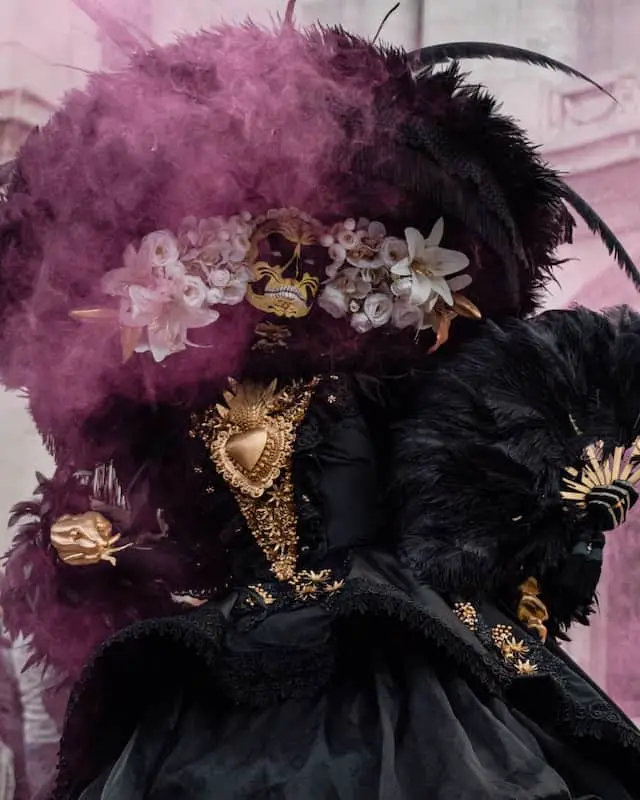
To truly grasp this holiday, you need to understand how death is viewed in Mexico. Far from being feared or shunned, death is embraced, accepted, and even satirized.
The Role of Calacas
One of the most noticeable aspects of The Day of the Dead are the calacas, or skeletons, displayed throughout the celebrations. These calacas are often depicted in regular day-to-day life scenarios, suggesting that death is a natural part of life’s cycle.
For instance, a glimpse at the lively figurines of the “Calacas in Traditional Mexican Attire” showcases the jovial and celebratory aspects of death.
The Symbolism of Calaveras
Calaveras, or skulls, hold an even more prominent role. These can be seen everywhere from sugar-made treats to intricate pieces of art. Far from being morbid, they represent the deceased and honor their memory.
Try your hand at creating your own Day of the Dead inspired artwork with a “Day of the Dead Coloring Book”.
Ofrendas – Inviting Spirits Home
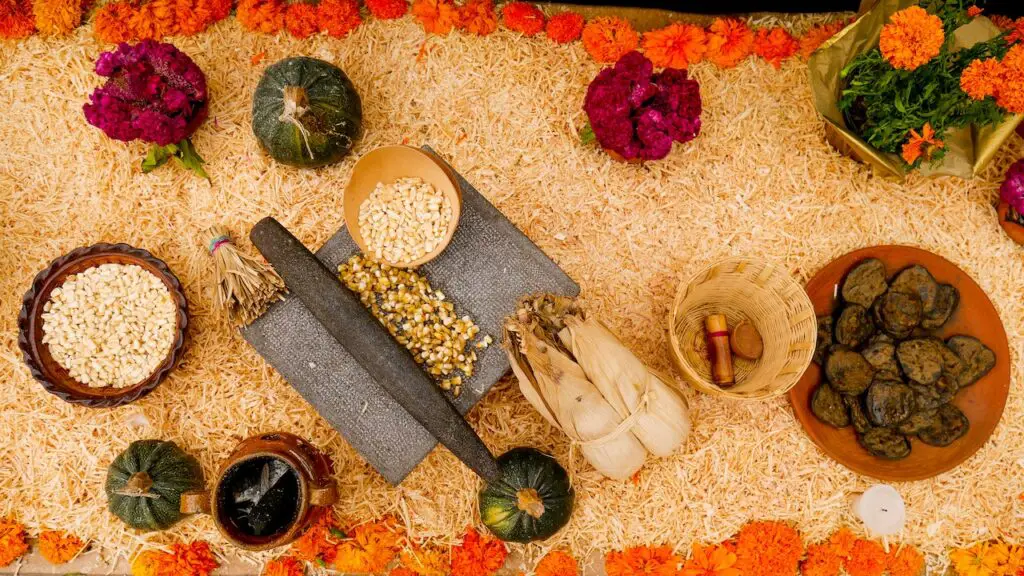
Building Bridges to the Afterlife
A significant part of The Day of the Dead is the building of ofrendas, or altars, to invite the spirits of the departed back home. These vibrant displays serve as temporal portals, built with love and filled with a variety of offerings to guide the spirits back to the world of the living.
Creating Ofrendas
Each item on an ofrenda carries a specific purpose and symbolism. Candles light the path for the spirits, while the scent of bright orange marigold flowers, or cempasúchil, traditionally known as the ‘flowers of the dead,’ guides them home.
Photographs of the deceased and personal items they loved or used are often included, connecting the living with the departed on a deeply personal level. Likewise, food and drink favored by the departed, especially the traditional ‘Pan de Muerto’ or Bread of the Dead, are commonly placed on the ofrenda.
Interested in creating your own ofrenda? Amazon provides a “Day of the Dead Altar Kit” that includes a variety of traditional items for setting up a visually stunning and authentic ofrenda.
Celebrating Life and Death
Ultimately, the purpose of these ofrendas is not to mourn, but to celebrate life, death, and the spiritual journey that ties both together. It’s a reaffirmation of love and respect, a reaffirmation that even death cannot sever the bonds of family and friendship.
Culinary Delights – A Feast for the Living and the Dead
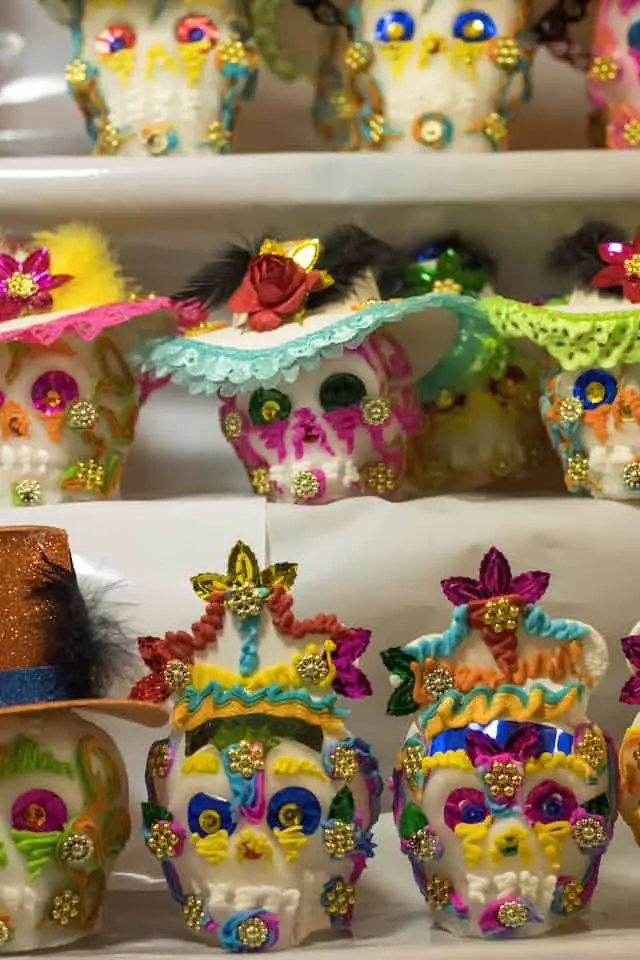
Food plays a crucial role in Day of the Dead. From the special Bread of the Dead, Pan de Muerto, to family-favorite recipes, the culinary traditions of this festival are deeply rooted in its history and significance.
Pan de Muerto
Perhaps the most well-known food associated with Dia de los Muertos is the Pan de Muerto. This sweet bread is shaped in a circular form to represent the cycle of life and death, with bone-like decorations adorning the top.
In many households, baking Pan de Muerto is a family activity that brings everyone together in anticipation of the festival. For those interested in baking their own, consider “A Baker’s Passport: Recipes for Breads”, which features an authentic Pan de Muerto recipe along with many others.
A Feast for the Spirits
Family-favorite recipes of the departed are also prepared and placed on the ofrenda as a welcoming gesture. These meals often showcase the best of Mexican cuisine and are shared among family and friends, creating a communal dining experience that connects the living and the deceased.
Art, Music, and Dance – The Festive Atmosphere of Dia de los Muertos
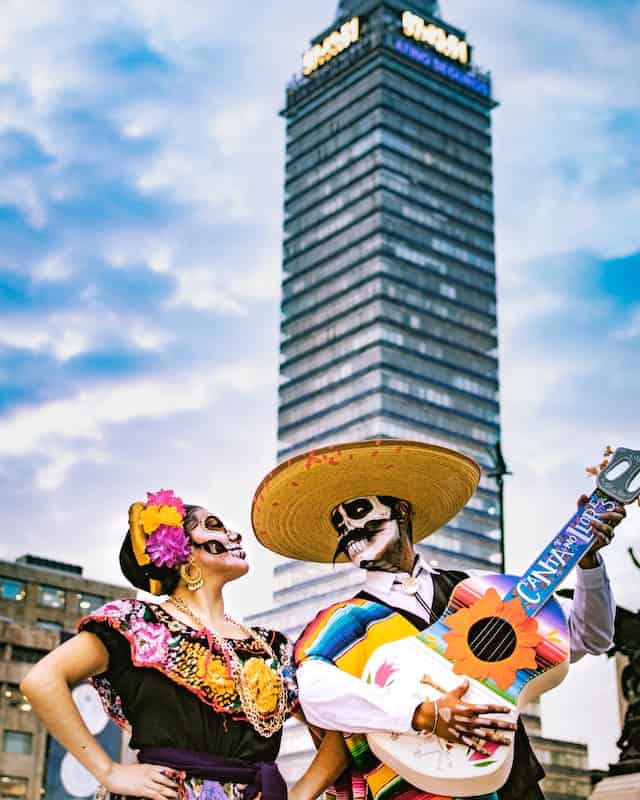
Dia de los Muertos is not a somber event, but rather a festive celebration, reverberating with color, music, dance, and creativity.
Art
Art is integral to Day of the Dead, from the brightly painted Calacas and Calaveras to the beautiful handmade papel picado – decorative craft paper, typically hung as banners. These art pieces add an explosion of color and creativity, symbolizing the liveliness of this festival. To appreciate this unique art form, consider picking up “Mexican Papercutting: Simple Techniques for Creating Colorful Cut-Paper Projects” and immerse yourself in this rich tradition.
Music and Dance
Music and dance breathe life into the Dia de los Muertos celebrations. From traditional mariachi performances to regional folk dances, the air is filled with melodies and rhythm, turning the streets into stages for jubilant expressions of life and remembrance. A wonderful example is the compilation “Mariachi: The Sound of Mexico” that captures the spirit of the celebration.
Dia de los Muertos Today: A Celebration Reverberating Beyond Borders
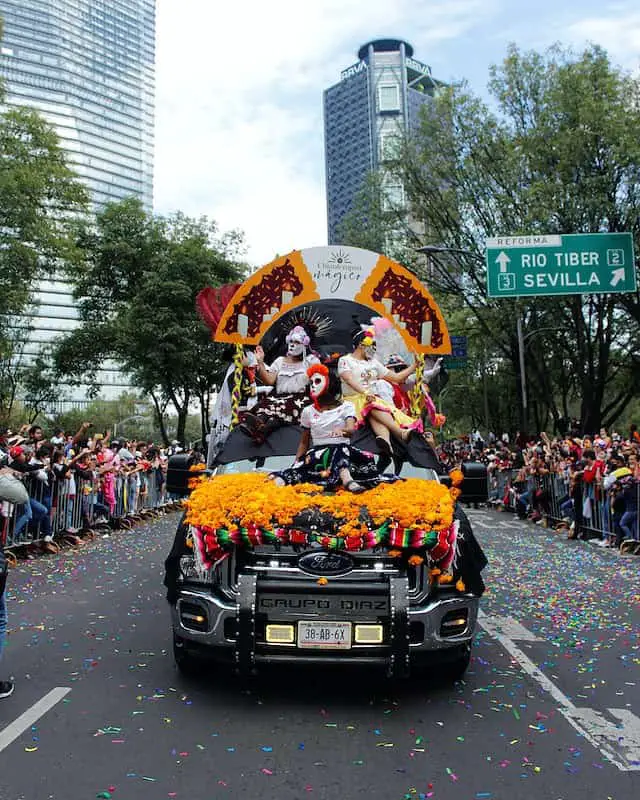
While Day of the dead is a celebration deeply rooted in Mexican tradition, its message of love, remembrance, and the joyful acceptance of life’s cycle resonates with people worldwide.
Beyond Borders
From elaborate parades in major U.S. cities to quiet family gatherings around homemade ofrendas, Dia de los Muertos has been embraced and adapted by various cultures, each adding its unique touch while preserving the core essence of this remarkable tradition. And if you’d like to see other places in Mexico check out our other article: UNVEILING HIDDEN GEMS: OUR TOP 10 UNDERRATED TRAVEL DESTINATIONS IN MEXICO
A Timeless Celebration
In a world that often shies away from discussions of death, Dia de los Muertos stands as a poignant reminder that death is not an end but a continuation of the journey. It teaches us to cherish the memories of those who’ve left us, celebrating their lives and keeping their spirit alive through stories, laughter, and tears.

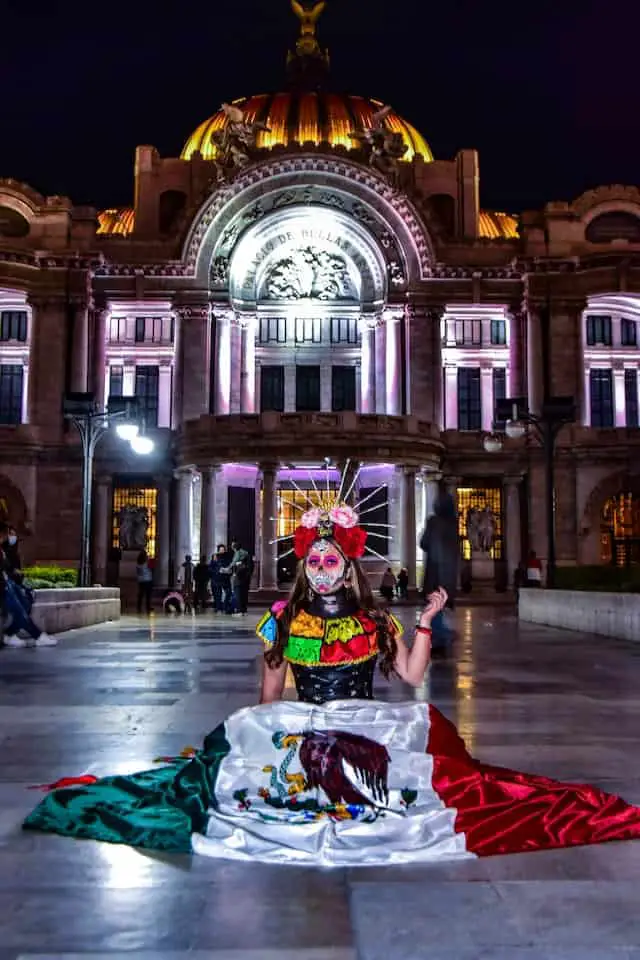
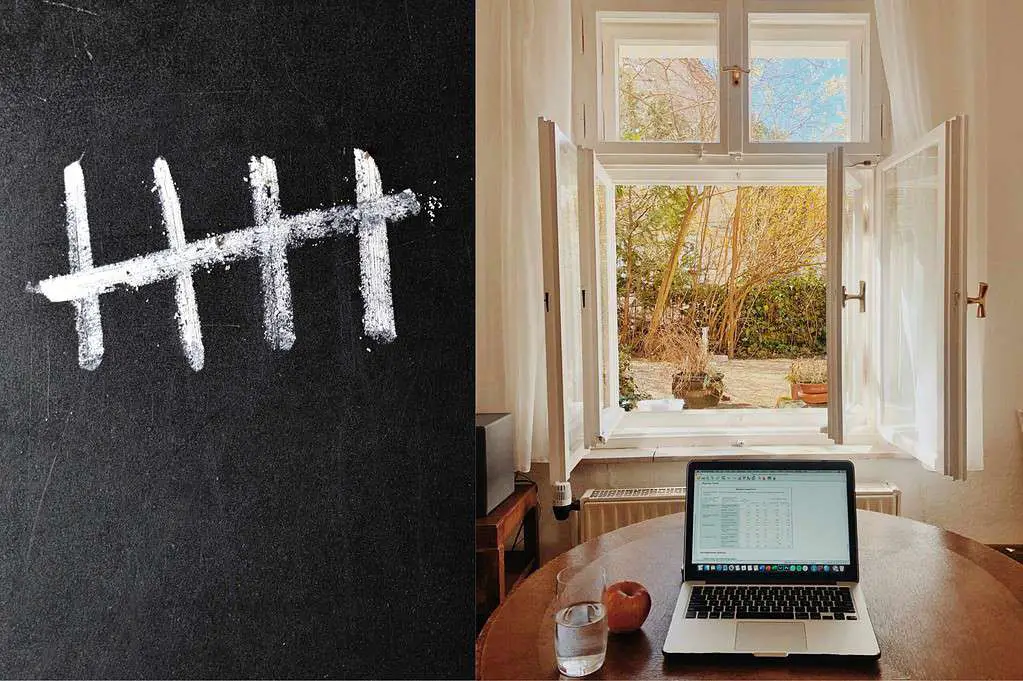
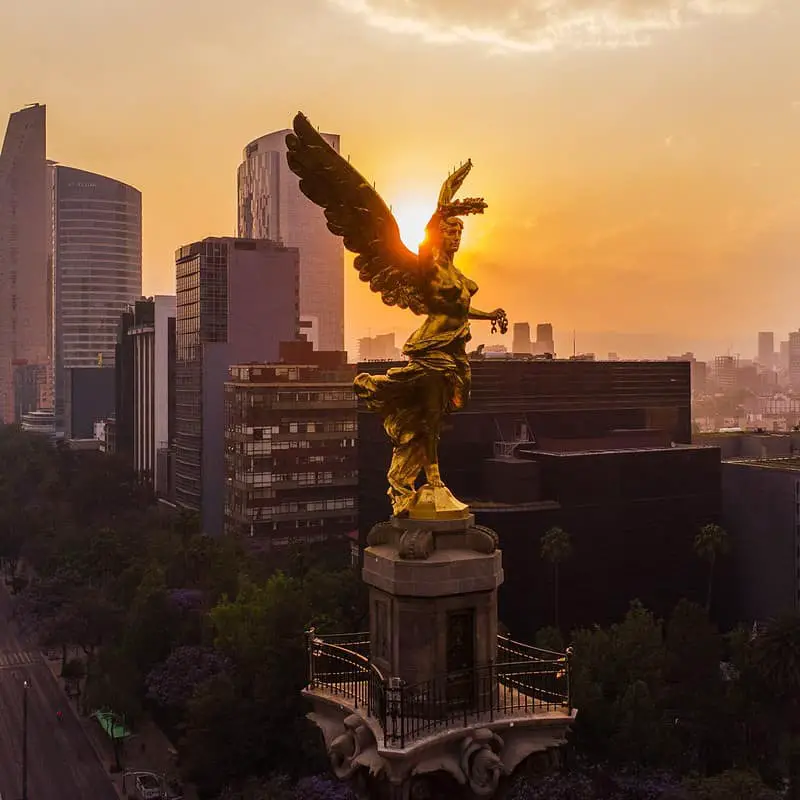

Pingback: The Best Fourth Of July In Mexico - Juntos Journeys